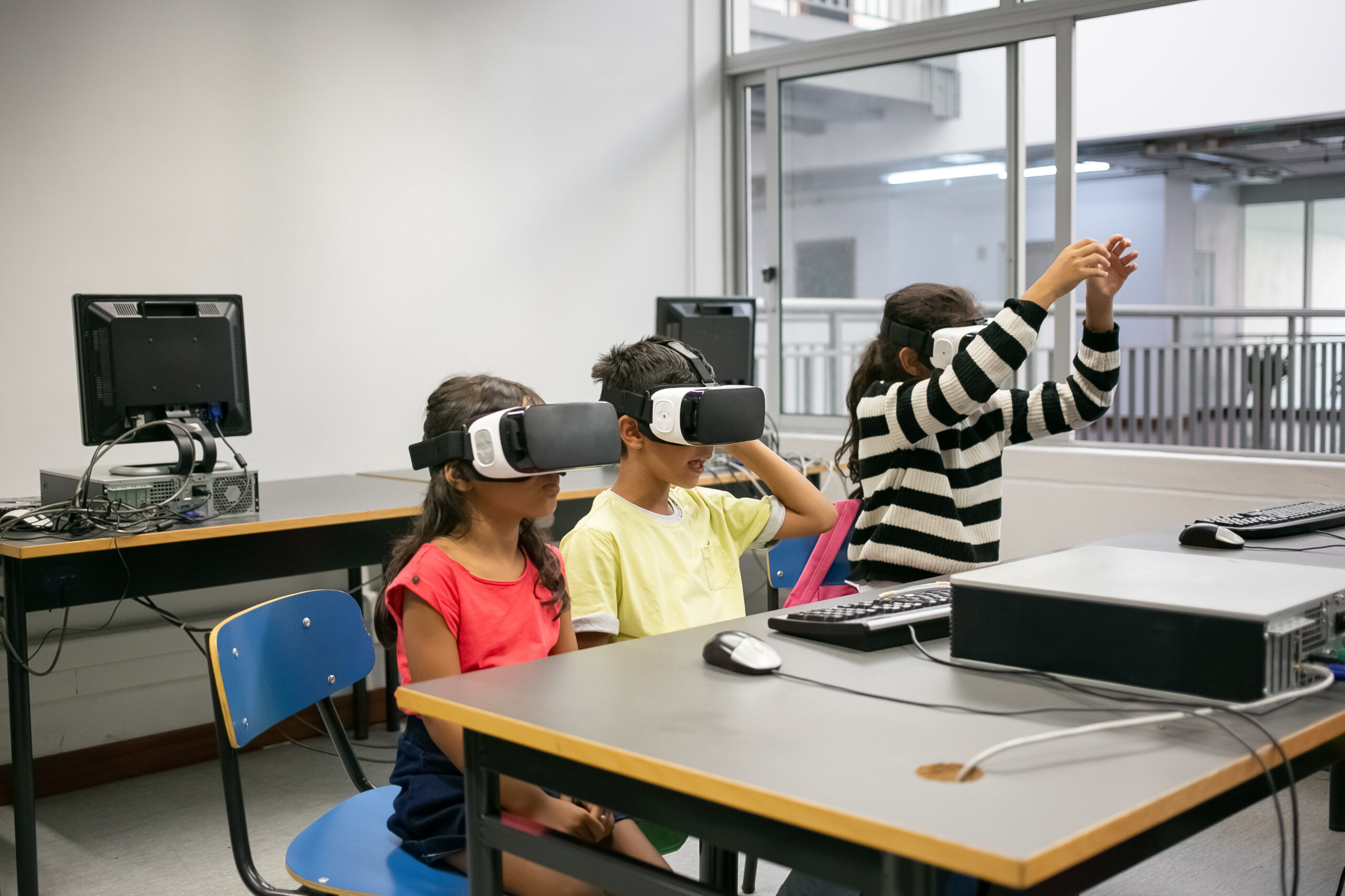Traditional classroom learning often revolves around lectures, memorization, and standardized testing. Project-Based Learning (PBL) flips this model by making education hands-on, engaging, and relevant. In PBL, students work on real-world problems or projects that require them to apply knowledge from various subjects, collaborate with peers, and think critically.
Imagine a middle school science class where students are tasked with designing a sustainable community garden. They must research soil quality, learn about native plant species, and calculate the garden’s water needs. This project not only covers core science concepts but also integrates math, environmental studies, and teamwork.
One of the main advantages of PBL is that it fosters a deeper understanding of the material by showing students how classroom knowledge translates into the real world. It also helps develop essential 21st-century skills such as creativity, collaboration, and problem-solving. As students take ownership of their projects, their motivation and engagement skyrocket, making learning a more dynamic and enjoyable experience.
Ultimately, Project-Based Learning transforms education into an active, student-centered process. By making learning relevant and engaging, PBL not only enhances academic outcomes but also prepares students to tackle the complexities of the real world with confidence and ingenuity.



Hi, this is a comment.
To get started with moderating, editing, and deleting comments, please visit the Comments screen in the dashboard.
Commenter avatars come from Gravatar.
I wish I had more PBL experiences when I was in school. Hands-on projects make such a difference in understanding concepts. It’s exciting to see how schools are using real-world problems to engage students and make learning practical!